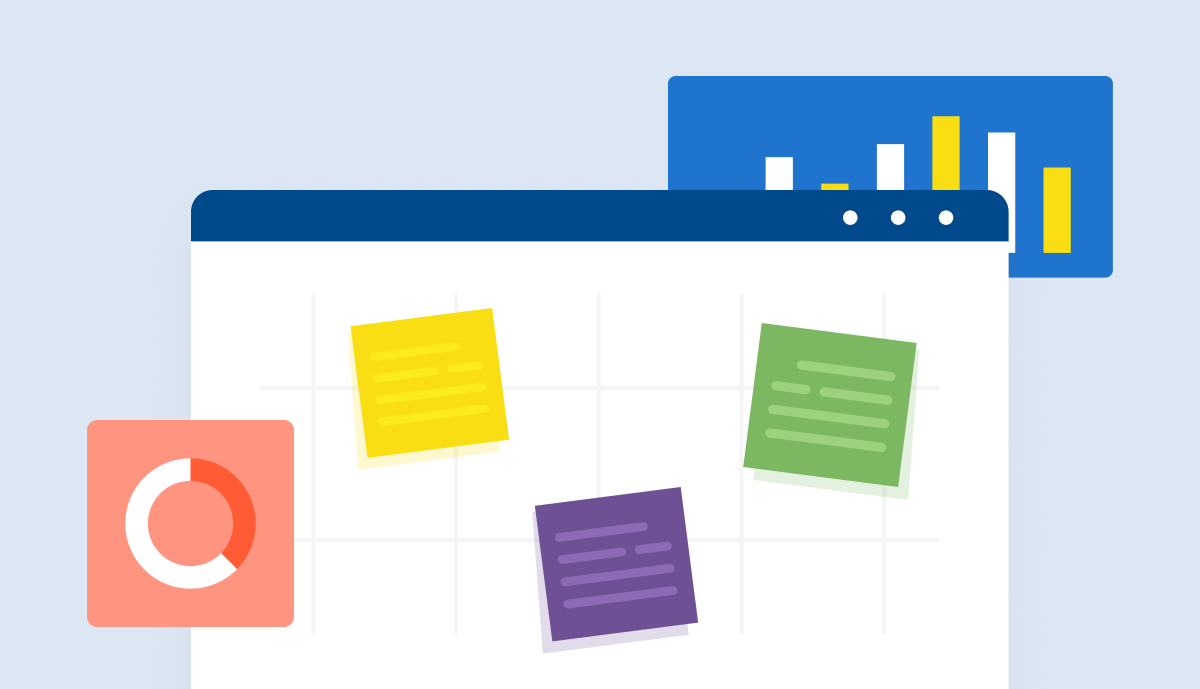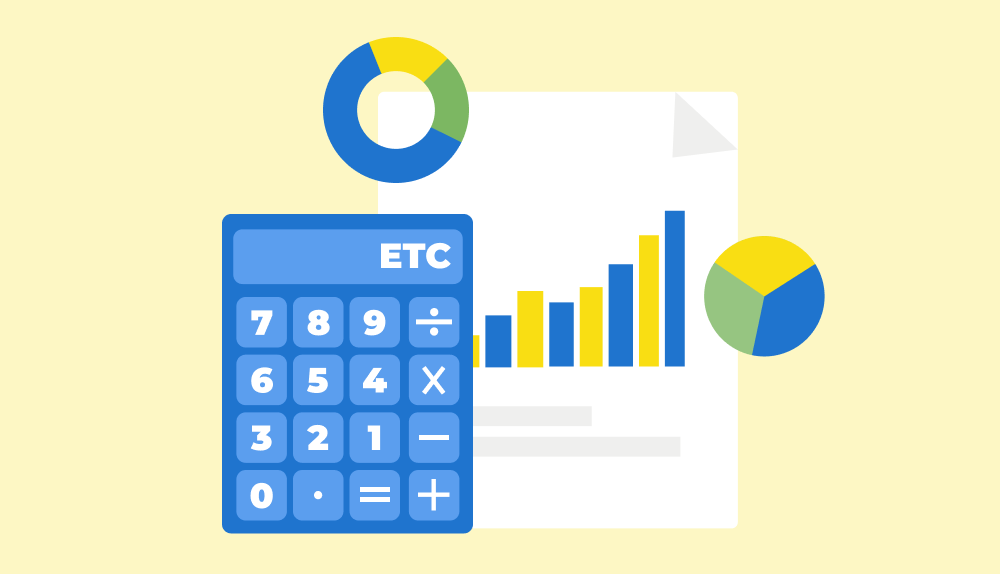You’ve probably noticed that costs constantly change during a project. Knowing the cost of the remaining tasks is important because it helps you keep tabs on its profitability.
If you’re in charge of a project, you need to know two things:
- How much work has been completed versus planned.
- How the actual project costs develop versus its set budget.
To estimate all of that correctly, you need a solid estimation method. And this is where Estimate to Complete (ETC) comes in.
What is the estimate to complete in project management?
The ETC is the remaining cost you expect to pay to complete a project.
Note that ETC isn’t the final overall expected project budget. Instead, ETC refers to the costs from the present moment until the end of the project; it never includes the project expenditures before that moment.
Why is ETC so helpful? Because it allows project managers to be aware of the funding required to finish the project. You can calculate the ETC for individual tasks or the entire project.
The ETC is one of four calculations that comprise of earned value management. This framework allows you to forecast your project’s future performance:
- Estimate to complete (ETC)
- Estimate at completion (EAC)
- Variance at completion (VAC)
- To complete performance index (TCPI)
What is EAC, and why do you need ETC to calculate it?
A project’s progress often deviates from its set budget at completion (BAC). When forecasting how much money it will cost you to complete the project, you can use two estimates that sound very similar but are, in fact, completely different: estimate to complete (ETC) and estimate at completion (EAC).
Estimate at Completion (EAC) Definition
Estimate at completion refers to the forecasted cost of the project as it progresses. You can determine the EAC in several ways.
The most common method is the bottoms-up calculation. This is where you take your project’s actual costs (AC) and add them to the forecasted remaining expenses (the estimate to complete).
Estimate at Completion Formula
Here’s the formula:

As you can see, the ETC is about forecasting how much more money you need to spend to complete the project. It doesn’t consider the project’s actual costs (AC) so far. Without the ETC, you can’t calculate your project’s EAC.
How do you calculate the estimate to complete (ETC)?
Which costs are included in ETC?
You’re probably wondering what to consider when calculating ETC. To do it correctly, it’s not enough to know the formula — you should know what costs should be considered so that your estimates are as accurate as possible.
We have three main types of costs here:
- The cost of work of employees and contractors based on the estimated number of hours/FTE.
- Project overheads you plan to include (in line with your project planning process).
- Company overheads that the project should cover.
Now you know which costs are essential to calculating ETC. However, you still need to take care of one more task before starting your calculation.
Types of Estimate at Completion
Depending on which stage your project is at and how detailed you want your estimate to be, you can carry it out based on:
High-level estimation and WBS (work breakdown structure) of the project — recommended in particular:
- When you want to track ETC at the level of specific project phases.
- When the project is already in progress and the client entrusts you with a specific scope of work, e.g., every month (agile).
- You don’t know who will work on the project yet, but you know how much time you need to deliver the project or a specific phase of it.
Long-term allocations of people to a project or project phase (more detailed) — recommended in particular:
- When you know who exactly will work on the project and can determine the required time and financial commitment.
At best, you should calculate ETC on both of these levels. Start with high-level estimates, then allocate specific people to the project, making sure that these allocations are close to your high-level estimates.
With this information, you can easily track the ETC for your project at any time.

Calculating ETC Example
At this point, calculating the ETC is easy. Let’s look at the example below:
Your team has been working on a mobile app for three months. The entire project duration is five months, so you have two more months to go.
The original budget (BAC) of your project was $100,000. By now, your team has completed 40% of the work. Your actual costs to date amount to $50,000.
It’s time to calculate your ETC!
ETC = EAC – AC
ETC = $100,000 – $50,000
ETC = $50,000
This is how much you will spend from this point forward.
What is the formula for budget at completion?
The budget at completion refers to the original budget of your project.
For example, if your web development project has a budget of $75,000, your BAC = $75,000.
How does the BAC differ from the EAC? The EAC represents the forecasted final project budget at a given point in the cost analysis — usually, the present moment. It’s based on your assumptions of future project performance.
Bonus Tip: When planning projects or phases, ensure that your estimates are greater than or equal to your allocations.
If your estimates are less than allocations in a past or ongoing project, it means that you estimated the project at the beginning incorrectly and overestimated your ability to deliver the project on such an hourly basis.
If your estimations are greater than allocations in a past project, it means that you were overly pessimistic initially, and the project was delivered with fewer resources than expected.
Why? Because we most often create estimates at the customer valuation level, and we take into account the entire scope of work for the project/phase.
In the case of allocation, we’re looking at already planned specific work per person in the project/phase — it’s a component of the estimate.
Summary
How often do your projects diverge from the set budget while they are still in progress? That can happen a lot for professional services organizations.
That’s why calculating the ETC and other values multiple times during a project is so important. It helps you instantly pinpoint when your project is running off course and take action to keep it profitable.
However, doing that manually is time-consuming and often results in errors. After all, you need to keep your data updated and accurate.
Professional Services Automation (PSA) software like BigTime facilitates precise calculation of project costs by tracking time, managing expenses, and optimizing resource allocation. It streamlines the estimation process, contributing to accurate EAC (Estimate at Completion) calculations for enhanced project budget management.






